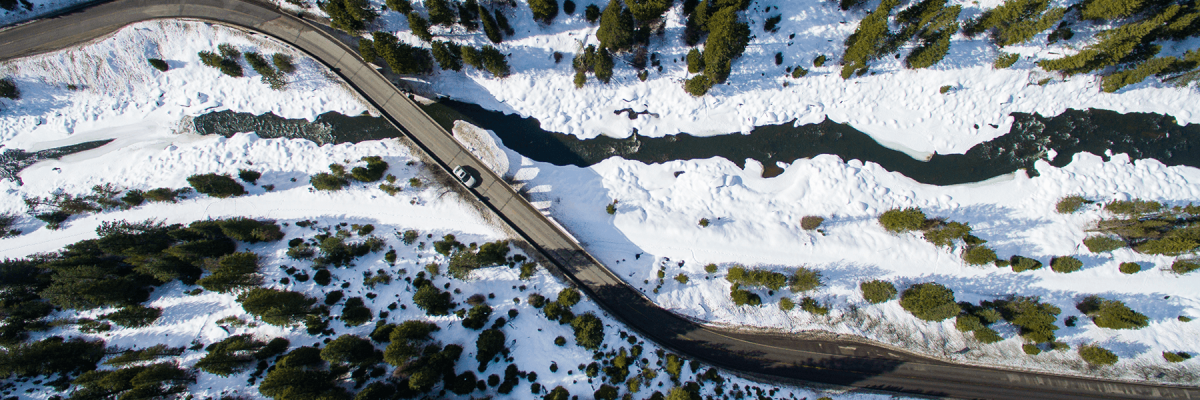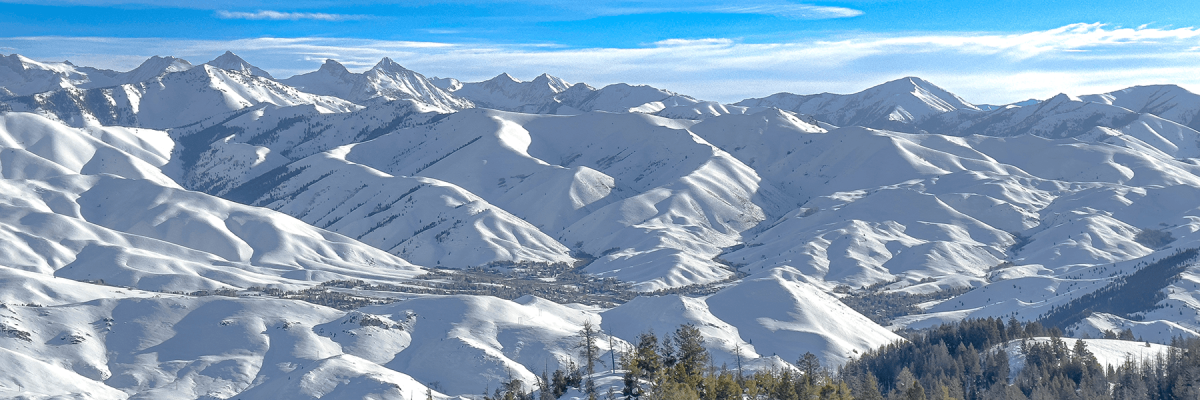Embark on an immersive journey through the changing seasons of Sun Valley, Idaho, a destination that captivates visitors year-round. In this comprehensive guide, we'll navigate the distinct allure of each season, providing specific recommendations to ensure your visit rivals the most sought-after experiences.
Blog
Navigating Idaho's Winter Roads: A Guide to Safety and Preparedness

Idaho's winter wonderland beckons with its snow-capped mountains and serene landscapes. Yet, beneath this serene beauty lies a challenging terrain for travelers. To empower you with the knowledge and tools to navigate these winter roads safely, we've compiled an in-depth guide encompassing a wealth of valuable information.
Winter Escapes to Sun Valley: A Premier Travel Experience

Sun Valley, Idaho, nestled amidst majestic mountains and snow-laden landscapes, invites winter enthusiasts to indulge in its magic. In this comprehensive guide, we unveil the secrets to crafting an unforgettable winter escape in Sun Valley. From heart-pounding winter sports to serene accommodations and delectable dining, discover how our school bus charter services elevate your winter getaway.
Enhance Events with Boise Charter Bus Services
At any big event, it's guaranteed that a lot of care and close planning went into getting everything right. Ensuring that many guests end up where they need to be (and on time, too) is just one aspect of event planning, but it's among the most crucial. Here's how charter bus services not only act as the foundation for a great event but enhance it for all in attendance.
Book a Charter Bus for Your Next Away Game
Away games are an exciting opportunity to show off your team's talents to a new audience, sharpen your skills, and--of course--have some fun along the way. It takes a lot of work to make all of this happen, particularly when it comes to travel coordination. Fortunately, there's an easy solution: booking a charter bus.
Here's how to make travel the easiest part of any away game.
Why Rent a Charter Bus for Your Wedding?

Your Church Ministry Needs a Charter Bus

There are a lot of things that a church ministry needs--good ideas, good planning, and a lot of great people. But have you ever considered that your church ministry needs a charter bus? Here's everything to know about this stress-free transportation and how it can help keep everyone safe, happy, and having fun.
Tips for Chartering Large Events

If you're planning a large event--whether a work conference, a multi-generational family reunion, or the biggest bachelor/bachelorette party ever--you've probably already wondered how to handle transportation. Worry no more: A charter bus is great news for events of all shapes and sizes. Here's your guide to charter transportation!
Charter Details You Should Know
Before you choose a charter bus for your big event, there are a few details you should have at your fingertips. Here's what to keep close by:
Charter Buses Make Convention Transportation Easy

Want to plan the perfect conference, meeting or convention? Not so fast--you can't put all the pieces together until you know how you're getting everyone from Point A to Point B. Luckily, with a little help from a charter bus, convention transportation is easier than ever. Here's everything you need to know!
What Is a Charter Bus?
If you've never organized transportation for a huge group of people or have used other methods of transportation, a charter bus might be a new idea for you.
Your Cheat Sheet for Corporate Charter Bus Rental

